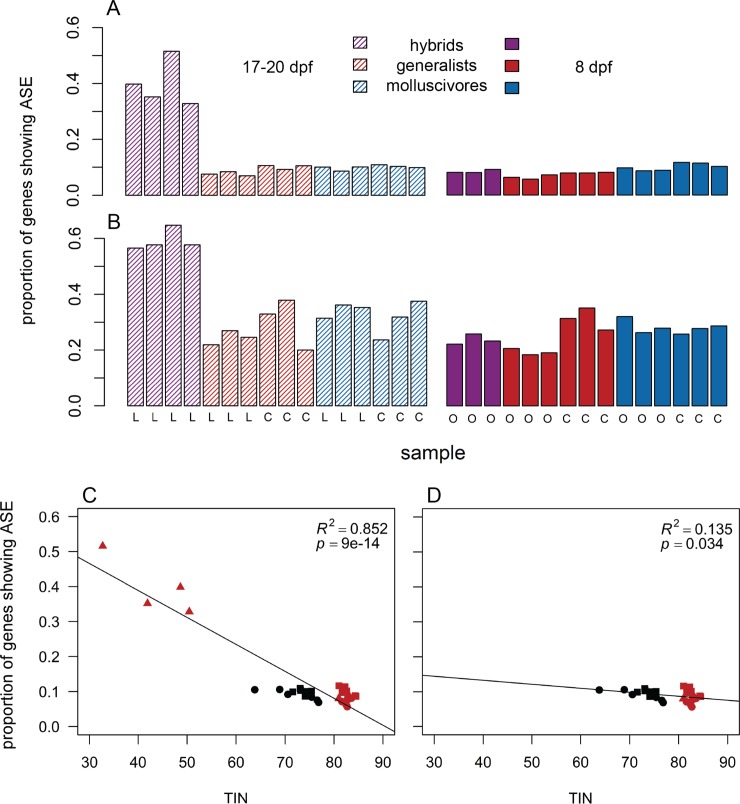Fig 6. Hybrid craniofacial tissues show high levels of allele specific expression.
F1 hybrid craniofacial tissues sampled 17–20 days post fertilization (dpf; striped purple bars) showed a higher proportion of genes showing significant allele specific expression compared to all other samples using a coverage threshold of (A) ≥ 10× reads supporting each heterozygous allele (ANOVA, P = 2.81 × 10−5) and (B) ≥ 100× reads supporting each allele (ANOVA, P = 3.85 × 10−4). 8 dpf = solid, 17–20 dpf = striped; hybrids = purple, generalists = red, molluscivores = blue; L = Little Lake, C = Crescent Pond, O = Osprey Lake. (C) TIN was significantly negatively correlated with ASE (linear regression; P = 9.04 × 10−14). (D) This correlation persisted when 17–20 dpf hybrid craniofacial samples were excluded from the linear model (linear regression; P = 0.034). However, the observed proportion of genes showing ASE was much higher in 17–20 dpf hybrid craniofacial samples than predicted by the linear model in (D).

